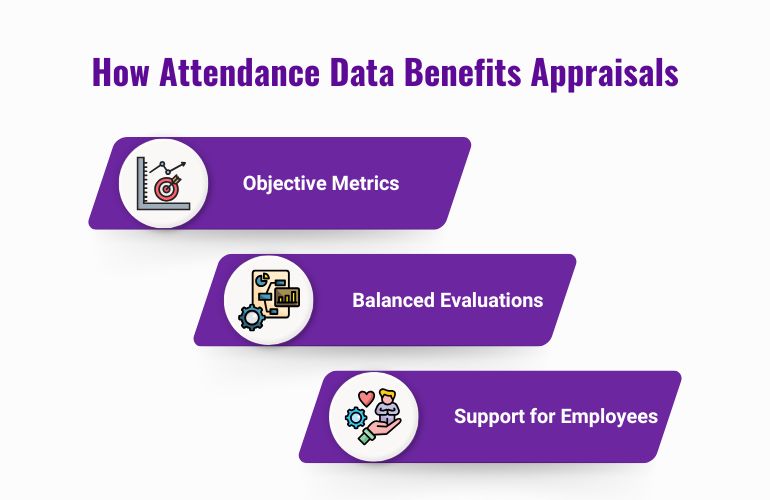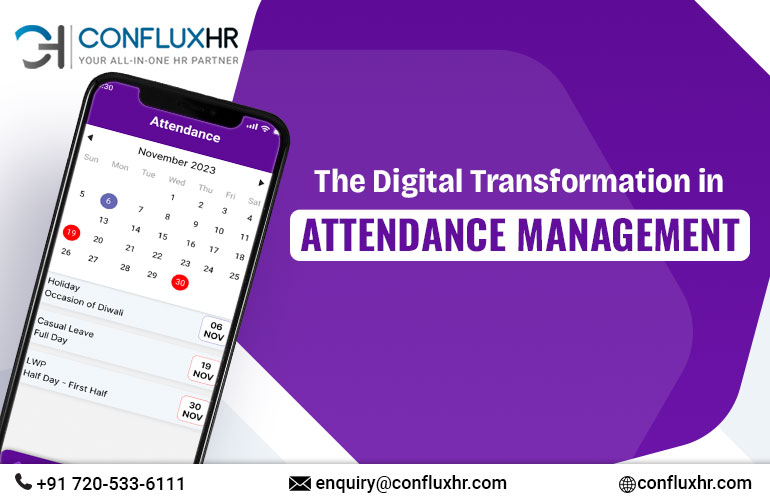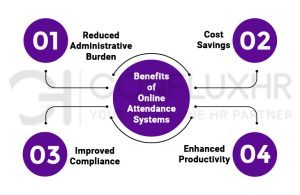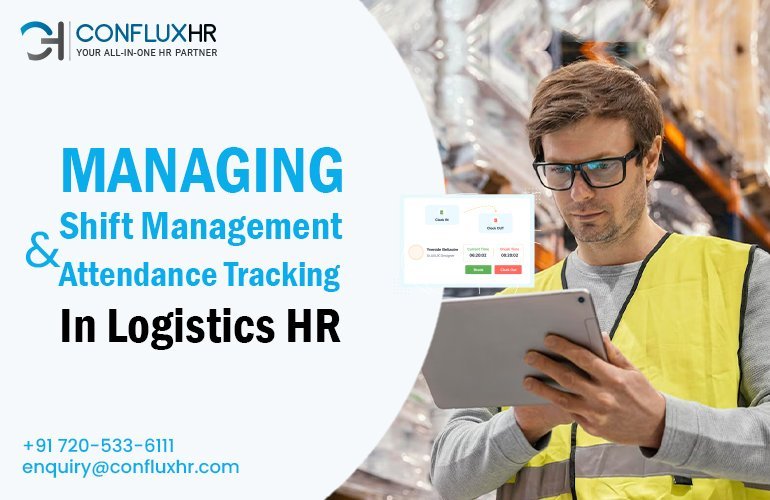As we move further into a world dominated by hybrid and remote work, the need for accurate data on employee attendance and productivity has skyrocketed. This data is no longer just about clocking in and out; it has become crucial for strategic decision-making within Human Resources (HR). By 2025, advanced attendance tracking systems will be essential for HR success, offering real-time insights, supporting performance metrics, and enhancing employee morale and accountability. Here’s a look at why these systems will transform HR management as we know it.
The Evolving Role of HR in 2025
In recent years, HR has evolved from administrative support to a strategic partner that shapes organizational success. By 2025, this transformation will become even more pronounced, with HR departments expected to leverage data-driven tools to align workforce management with broader business goals.
Key Points:
- Expanded Responsibilities: HR is no longer limited to payroll and hiring; it now encompasses workforce analytics, employee engagement, and compliance.
- Workforce Analytics: Attendance tracking systems provide real-time data, empowering HR to make strategic decisions.
- Alignment with Business Goals: Key performance indicators (KPIs) gathered from attendance data align workforce performance with organizational objectives.
According to a Gartner report, 75% of companies already rely on advanced HR analytics, with this figure expected to grow as more businesses adopt attendance tracking systems.
Importance of Real-Time Attendance Data for HR Decision-Making
One of the most impactful features of modern attendance tracking systems is real-time data. This is invaluable in today’s flexible work environment, where employees may work remotely, in-office, or in a hybrid setup. Real-time attendance tracking allows HR to identify patterns like absenteeism or tardiness and respond proactively.
Why Real-Time Data Matters:
- Immediate Insight into Patterns: HR managers can quickly spot trends, allowing for swift interventions.
- Efficient Resource Allocation: If an employee’s frequent absences affect project timelines, HR can redistribute tasks to maintain productivity.
- Enhanced Employee Support: Early identification of attendance trends enables HR to offer support, whether it’s additional resources, flexibility, or intervention.
A LinkedIn Global Talent Trends report shows that 65% of HR professionals believe real-time data-driven insights help enhance team management and employee support, reinforcing the case for attendance tracking.
How Attendance Tracking Impacts Key Performance Indicators (KPIs)
Tracking attendance has a direct impact on HR’s ability to measure and improve KPIs like productivity, engagement, and retention. Let’s look at some key KPIs influenced by attendance tracking:
- Productivity: Attendance records help HR track hours worked against output, identifying high and low performers.
- Engagement: Patterns of participation in meetings and team events provide insights into employee engagement.
- Retention: Analyzing attendance data can reveal dissatisfaction signs early, allowing HR to address retention risks.
A Society for Human Resource Management (SHRM) study found that companies using attendance data for workforce analysis experienced a 20% decrease in turnover. Attendance tracking isn’t just about monitoring employees; it’s a vital tool for evaluating the health and engagement of your workforce.
Enhancing Employee Performance Appraisals with Data
Attendance tracking offers a level of objectivity that traditional performance reviews often lack. By integrating attendance data, HR can create a more balanced view of each employee’s contributions and identify both top performers and those needing support.
How Attendance Data Benefits Appraisals:
- Objective Metrics: Attendance records add quantitative data to performance reviews.
- Balanced Evaluations: Combining attendance with other metrics offers a complete view of productivity and engagement.
- Support for Employees: Data can identify areas where employees may benefit from additional guidance, training, or resources.
An objective, data-backed approach to appraisals fosters a culture of accountability and growth, making employees feel more valued and understood.
Boosting Accountability and Morale
Transparent attendance tracking not only promotes accountability but also positively impacts morale. When employees know that attendance policies are fairly applied, they are more likely to comply and feel respected within the organization.
Benefits of Transparent Attendance Tracking:
- Increased Accountability: Employees are aware their attendance is being monitored, fostering responsibility.
- Enhanced Fairness: Transparent tracking ensures all employees are held to the same standards.
- Empowered Employees: Self-service features allow employees to track their own attendance, giving them ownership over their performance.
A 2023 Human Capital Institute (HCI) study revealed that companies with clear attendance policies reported a 15% increase in morale, as employees appreciated the consistency and transparency.
Meeting Legal and Compliance Needs with Automated Attendance Tracking
Compliance with labor laws is a growing concern for businesses. Attendance tracking systems simplify compliance by automatically recording work hours, overtime, and break times, which reduces the administrative burden on HR and protects companies from potential legal issues.
Why Automated Compliance Matters:
- Effortless Reporting: Automated tracking ensures all data is accurately logged, making compliance reporting easier.
- Reduced Legal Risks: Systems record attendance data in real-time, preventing discrepancies and disputes over working hours or overtime.
- Enhanced Data Security: Digital records minimize the risk of lost data and strengthen the company’s legal position in case of disputes.
In the U.S., where regulations on overtime and work hours are stringent, attendance tracking systems can protect companies from fines and compliance violations. Accurate records ensure a fair environment and uphold legal standards across the organization.
The Future of Attendance Tracking Technology
Looking ahead, AI and machine learning will play significant roles in shaping attendance tracking. By 2025, many companies will use AI-powered systems that not only track attendance but also predict patterns based on historical data.
Future Trends in Attendance Tracking:
- AI and Machine Learning: Advanced analytics will identify patterns, such as potential absenteeism risks, and offer actionable insights.
- Seamless Integration: Future attendance systems will integrate with HR management software, offering a full employee lifecycle solution.
- Predictive Analytics: Predictive insights will allow HR teams to proactively address attendance and productivity issues before they escalate.
Predictive analytics could transform HR management by offering real-time solutions and reducing absenteeism, ultimately enhancing productivity across the workforce.
Conclusion: Preparing for the HR Transformation in 2025
Advanced attendance tracking systems will be vital for HR departments to succeed in 2025. By providing real-time insights, supporting compliance, and enhancing performance appraisals, these systems enable HR to align with business goals, reduce turnover, and boost employee engagement.
To remain competitive, companies should consider upgrading their HR software with robust attendance tracking. These systems provide transparency, accountability, and a supportive work environment, creating a more engaged and productive workforce. In a future where data is king, attendance tracking systems will ensure HR departments meet the demands of a dynamic, data-driven world.
As businesses look to 2025, investing in attendance tracking technology will not just support HR goals but revolutionize how organizations understand and nurture their greatest asset: their people.






